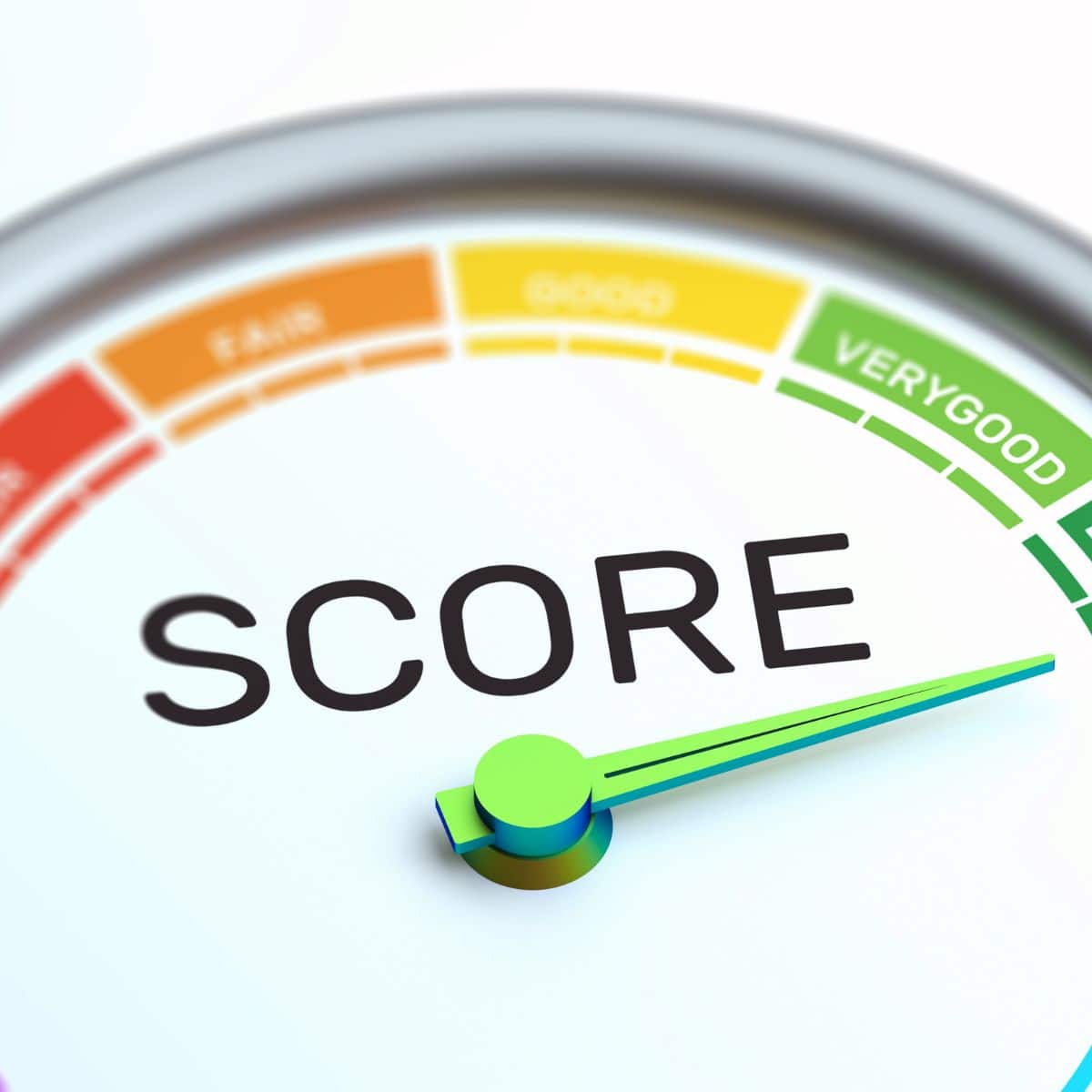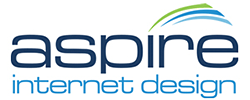Improving your Quality Score in Google Ads is one of the best ways to lower your CPC (cost per click), improve ad rank, and get more conversions for the same spend. Quality Score is Google’s measure (on a 1–10 scale) of the relevance and usefulness of your ads, keywords, and landing pages to the user’s search intent.

Here’s how to improve it step-by-step
Quality Score is determined by three main components:
- Expected Click-Through Rate (CTR): The likelihood that a user will click your ad when it is shown.
- Ad Relevance: How closely your ad text and keywords match the user’s search intent.
- Landing Page Experience: The relevance and usefulness of your landing page to users who click your ad.
1. Improve your Expected CTR
The click-through rate is a strong indicator of an ad’s quality. If your expected CTR is “Below Average,” focus on writing more compelling and relevant ad copy.
- Create highly relevant ad copy:
Tailor your ad text to directly address the keywords in each ad group. The more your ad resonates with a search query, the more likely users are to click it. - Use ad extensions:
Add relevant ad assets, such as sitelinks, callouts, and structured snippets, to make your ad more prominent and provide additional information to the user. This increases your ad’s overall appeal and can boost CTR. - Test different ad variations:
Use Responsive Search Ads (RSAs) to test different combinations of headlines and descriptions. Pause poorly performing ad variations and create new ones to find the most effective messaging. - Use Dynamic Keyword Insertion (DKI):
Implement DKI to automatically insert the user’s search query into your ad copy. This can make your ad extremely relevant and compelling, but use it carefully to ensure the ad still makes sense. - Create strong calls to action:
Use clear, specific, and urgent calls to action (e.g., “Shop Now,” “Get a Quote,” “Order Today”) to encourage users to click.
2. Improve your Ad Relevance
If your Ad Relevance is “Below Average,” your ad group structure may be too broad. Refine it to ensure a tight connection between your keywords and your ad copy.
- Restructure ad groups:
Break up large ad groups with diverse keywords into smaller, more tightly themed groups. This allows you to write ad copy that is highly specific to a narrow set of keywords. - Use negative keywords:
Regularly review your search terms report and add irrelevant queries as negative keywords. This prevents your ads from showing for searches that are not relevant to your business, which protects your CTR and ad relevance.
3. Improve your Landing Page Experience
The landing page is the final stop in the user journey, and its quality significantly impacts your score. If your Landing Page Experience is “Below Average,” it signals a mismatch between your ad and your website.
- Match ad to landing page:
Ensure that the landing page a user is sent to directly reflects the promise made in the ad. If an ad is for “men’s running shoes,” the landing page should display a filtered selection of men’s running shoes, not just the homepage. - Optimize for mobile:
Make sure your landing page is fast and easy to navigate on mobile devices. A seamless mobile experience is critical, as a high number of searches occur on mobile. - Improve page speed:
Use tools like Google’s PageSpeed Insights to test your page speed and identify opportunities for improvement. Slow-loading pages are frustrating for users and will negatively impact your score. - Offer transparent and useful content:
Provide original, relevant, and trustworthy content that helps the user accomplish their goal. Clearly display privacy information and ensure the page is easy to navigate.
Pro Tip:
Implement Granular Ad Groups
Create a more granular ad group structure, where each ad group contains a very small number of closely related keywords. This allows you to write highly relevant ad copy and landing pages that directly match the specific user search intent, which in turn boosts ad relevance, expected click-through rate (CTR), and overall Quality Score.
Improving Quality Score boils down to relevance + engagement + user experience. Make sure your keywords, ads, and landing pages are tightly aligned. Then continuously optimize by testing ad copy, refining negative keywords, and improving your landing page experience.
Since 2002, Aspire ID has been dedicated to providing strategy-driven website design, SEO, PPC, video marketing, and digital marketing services to home service companies who want to rank higher on Google and generate high quality leads consistently. Are you ready to take your company to the next level? .
Ready to turn your website and online presence into your best salesperson? Contact us for a free digital marketing audit and strategy session.

About the Author
Katie Wilson, Owner
Aspire ID is a small digital marketing company in Denver, Colorado. Our mission is to empower business growth through superior digital marketing solutions and to build long-lasting client relationships. Since 2002, Katie and her team have helped home service businesses throughout the U.S. consistently grow and generate leads by providing best-in-class web design, SEO, PPC, content marketing, social media management, and reputation management and deploying targeted online marketing strategies driven by clear objectives.






